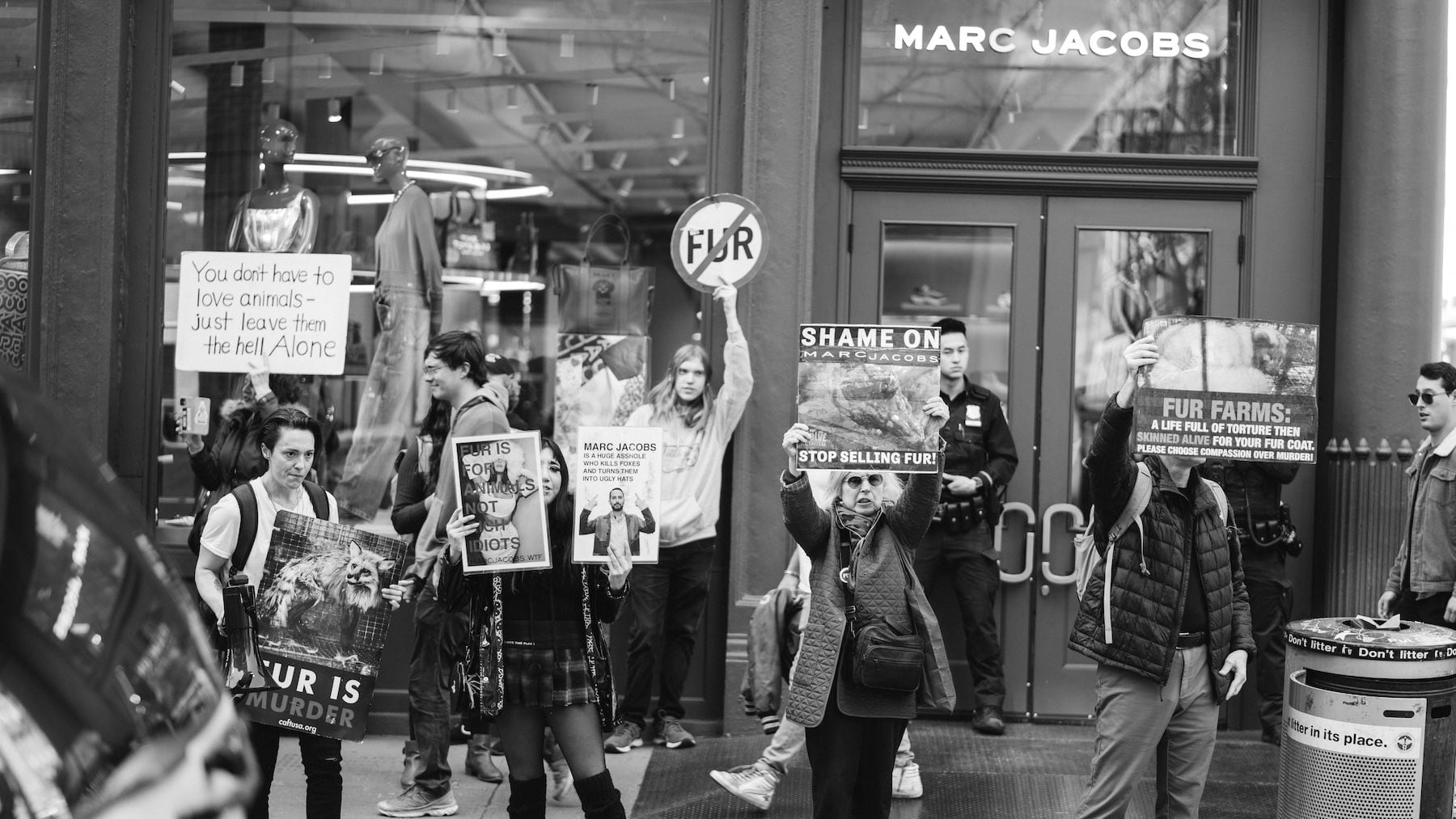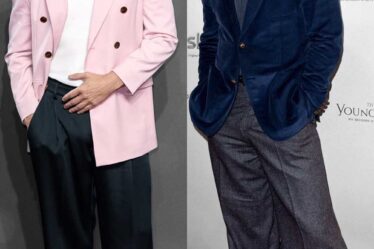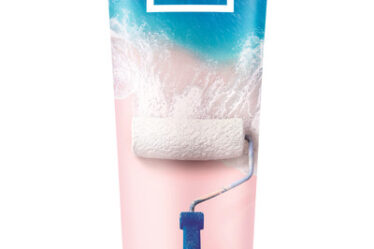
Last week, designer Marc Jacobs made plain a position he said he’s held since 2018: his brand doesn’t work with, use or sell fur, and it won’t in the future either.
The statement posted on Instagram followed aggressive campaigning by activists that not only targeted Marc Jacobs stores, but also the homes of the brand’s leadership, with protests the designer described as “bullying.”
To be clear, The Humane Society of the United States — the animal welfare advocacy organisation where I work — doesn’t support such tactics. We believe they can alienate people and cut off chances for dialogue. Instead, it’s better long-term to build positive relationships with brands and retailers.
But in our efforts to build such bridges, we’ve observed a different brand of bullying quietly but relentlessly exerted by the owner of the Marc Jacobs brand, LVMH.
For instance, in 2018 we worked with Claire Waight Keller, then creative director for LVMH’s Givenchy brand, to announce a fur-free policy. The only problem was, LVMH wouldn’t allow it, insiders told me at the time. Still, Keller was determined to dissociate herself and Givenchy from fur, and went public with her position in an interview with InStyle editor-in-chief Laura Brown. In a similar fashion, LVMH’s Celine hasn’t used fur since its Spring/Summer 2019 womenswear collection, quietly slipping a formal fur ban into its communications in late 2022.
Marc Jacobs first came on our radar in 2012, when we discovered that multiple Marc by Marc Jacobs jackets advertised as containing “faux fur” were actually made with animal fur. After further testing, we determined that the fur came from a raccoon dog, a species in the same family as domestic dogs. Our investigation landed on the front page of a New York tabloid with the headline, “Bark Jacobs.”
Raccoon dogs have been skinned alive for their fur and we reached out to Marc Jacobs then, and several more times in the following years, to see if it would be open to a conversation about moving away from animal fur — or even just raccoon dog fur. At the very least, we hoped to work with the company to understand federal law and label its fur products correctly, so consumers wouldn’t be duped into buying something they would rather avoid. No one from the company responded.
Eventually Marc Jacobs did stop using fur in 2018 (though the designer declined to officially declare his brand fur free at the time). Yet five years later, the company teamed up with LVMH fur and leather goods giant Fendi and sent fox fur hats down the runway at New York Fashion Week. Though the brands said the fur used in the collection was “upcycled,” it sparked the protests that ultimately culminated in this week’s statement.
In defence of Marc Jacobs, it’s not clear how much say he had over his label’s fur policy given the experience we’ve observed with other LVMH brands, which appear to have been guided away from public statements on their fur policies (the group did not respond to a request for comment).
The French luxury giant’s quiet pressure extends beyond its own maisons as well. Just last month, LVMH sent a delegation to Brussels to try to dissuade members of the European Commission from moving forward with an EU ban on fur production, according to investigative media Glitz, even though opinion polls show most Europeans support such a step and 20 EU countries have already introduced their own bans.
The approach taken by LVMH rival Kering, which has proclaimed its opposition to fur loudly, cuts a stark contrast. To be sure, the Gucci owner always had a smaller fur business with little bearing on its brands’ heritage or luxury positioning. And its leadership was early to grasp that granting its brands the autonomy to publicly quit fur would boost their cultural relevance and market positioning, with little damage to the bottom line.
When Gucci went fur-free in 2017, saying the material was “outdated” and not “modern,” the calculus was a game-changer for the fur market, and the brand continues to benefit from the marketing halo created by its stance. After Gucci, several other Kering brands went fur-free, including Balenciaga, Alexander McQueen and Saint Laurent. And in 2021, Kering announced an across-the-board fur-free policy, saying it had “no place in luxury.”
Self-interested though they may be, policies like these have encouraged more innovation in developing fur alternatives. Increasingly, options are coming to market that are not only animal-free, but plastic-free as well, putting further pressure on the fur trade.
Marc Jacobs may feel a bit aggrieved at the moment, but his fur-free announcement is something to celebrate, and we are confident he will feel better about his decision soon enough. We hope fashion fans around the globe will show the brand some love. And who knows, maybe LVMH will stumble out of the fog to join the rest of the industry in seeing self-interest in a more compassionate path.
PJ Smith is the director of fashion policy for the Humane Society of the United States.
The views expressed in Op-Ed pieces are those of the author and do not necessarily reflect the views of The Business of Fashion.
How to submit an Op-Ed: The Business of Fashion accepts opinion articles on a wide range of topics. The suggested length is 700-1000 words, but submissions of any length within reason will be considered. All submissions must be original and exclusive to BoF. Submissions may be sent to opinion@businessoffashion.com. Please include ‘Op-Ed’ in the subject line and be sure to substantiate all assertions. Given the volume of submissions we receive, we regret that we are unable to respond in the event that an article is not selected for publication.
Disclosure: LVMH is part of a group of investors who, together, hold a minority interest in The Business of Fashion. All investors have signed shareholders’ documentation guaranteeing BoF’s complete editorial independence.



